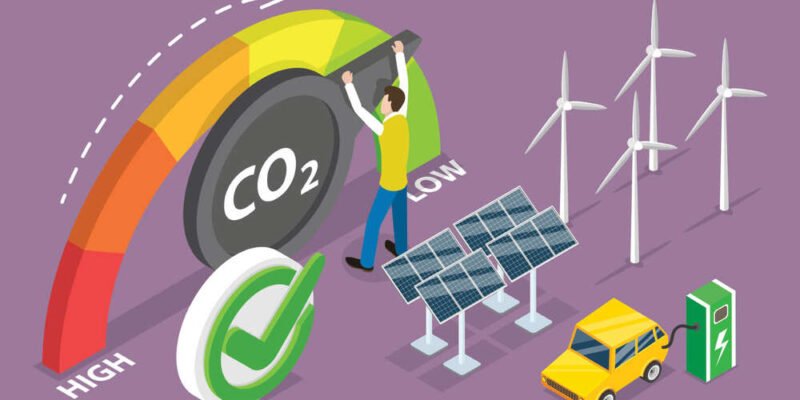Demand for green energy substitutes grows along with growing consciousness of climate change. Companies and people strive to reduce their carbon footprint to solve problems generated by greenhouse gas emissions. One of the most significant ways to accomplish this is to substitute renewable energy for fossil fuels. Solar, wind, and hydroelectric power lower carbon emissions, among other renewable energy sources. Using these solutions, people and companies may assist in building a better future.
Utilizing Solar Power for Sustainability
A popular and effective green energy source is solar electricity. Sun energy turns into electricity, allowing homes and companies to cut carbon dioxide emissions from conventional energy sources. Among popular solar power integration systems are integrated solar PV panels. Photovoltaic panels are integrated into buildings for both utility and beauty. By turning sunlight into electricity to run industries, homes, and businesses, these panels help lower grid reliance and carbon emissions.
The benefits of solar energy transcend only the surroundings. Solar energy can reduce personal and commercial energy costs in various locations, gradually saving money. Governments worldwide are providing tax credits and subsidies for solar energy solutions, which helps more people finance the changeover.
Wind Energy
Another crucial green energy source is wind energy, which has become somewhat well-known recently. Wind turbines, which are clean and renewable, provide power from wind currents. In areas with consistent wind speeds, wind energy can offer large volumes of electricity with minimal effect on the surroundings.
Remote or offshore wind farms might power whole cities. Turbine efficiency gains from wind energy technologies also help reduce installation and maintenance costs. Large-scale energy companies and community-driven initiatives both find wind energy feasible. Using wind energy significantly lessens the consumption of fossil fuels, reducing carbon emissions.
Hydroelectric Power
For decades, people have used green energy, including hydroelectric power. Hydroelectric power plants create electricity from rivers or dams. Particularly in locations rich in water, hydropower is dependable and efficient.
Though modern hydroelectric plants are sustainable, dams can damage the surroundings. Hydroelectric power is used in several nations to lessen the demand for fossil fuels. It generates fewer greenhouse gases than other energy sources and produces no waste, lowering emissions. Therefore, worldwide efforts to reduce carbon footprints remain vital.
Energy Efficiency and Carbon Footprint Reduction
Although transitioning to renewable energy is essential, reducing carbon emissions depends on energy efficiency. Energy use is cut by building, transportation, and industrial efficiency. By cutting fossil fuel and energy consumption, this reduces greenhouse gas emissions.
Customers might find electric autos, high-efficiency appliances, and LED lights today. These ideas enable consumers to be green without compromising convenience or comfort. Energy-efficient methods can save money, motivating businesses and individuals to be green.
Conclusion
Green energy solutions are necessary considering global environmental problems. One reduces personal and industrial carbon footprints by substituting solar, wind, and hydroelectric electricity for fossil fuels. Energy efficiency will help us to move towards a renewable energy environment. Green energy solutions will enable a sustainable future for the next generations as they become more reasonably priced and accessible.













